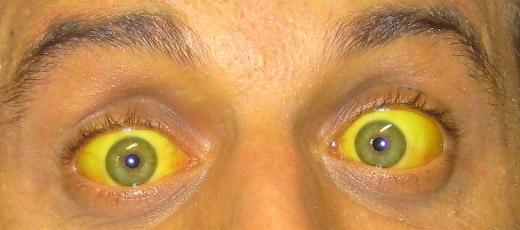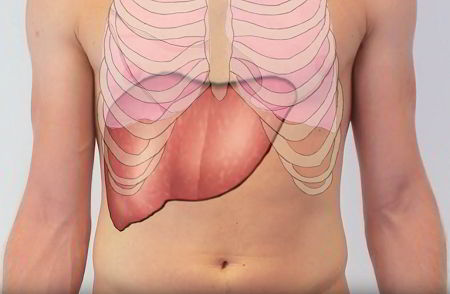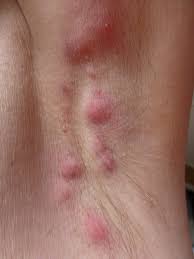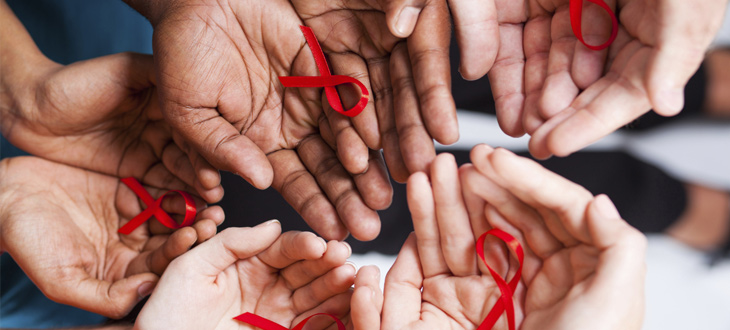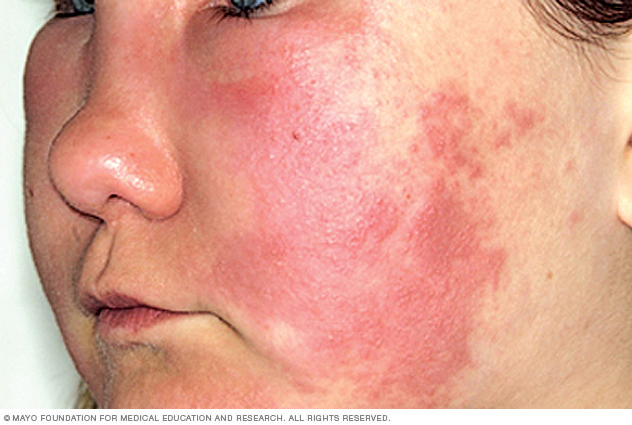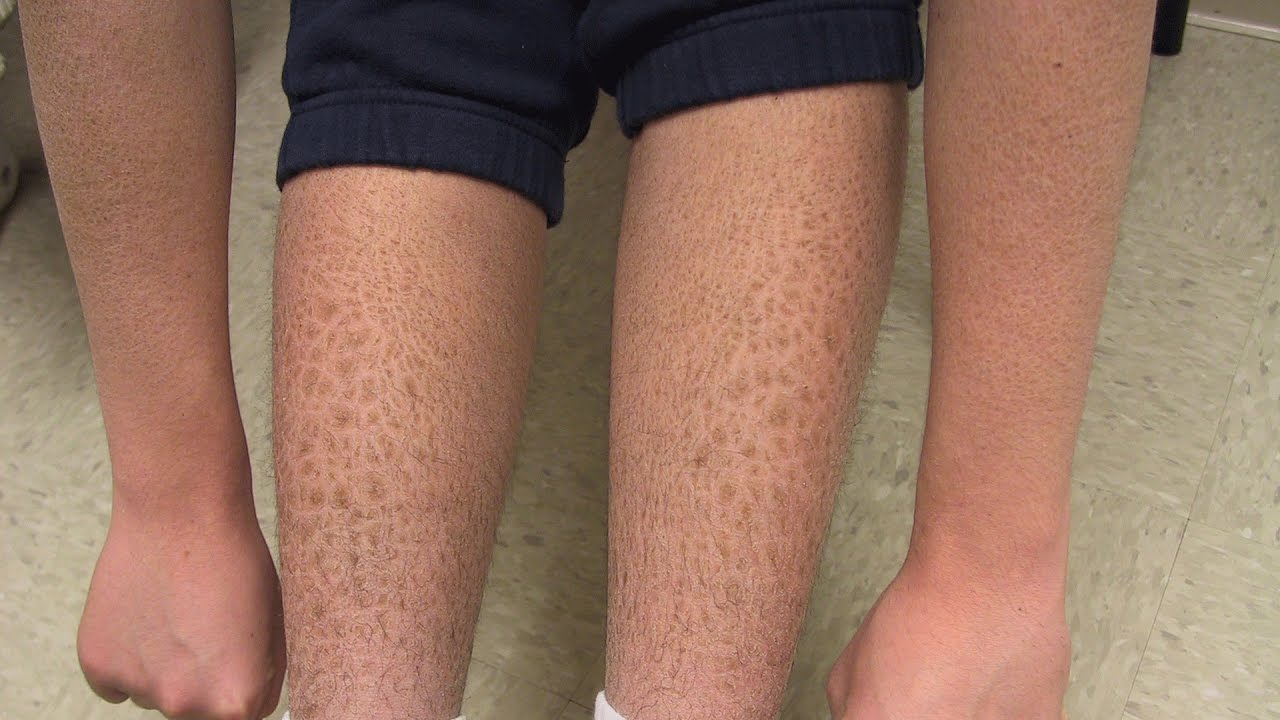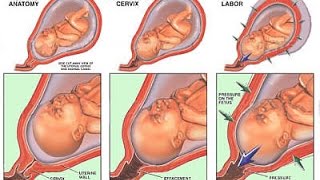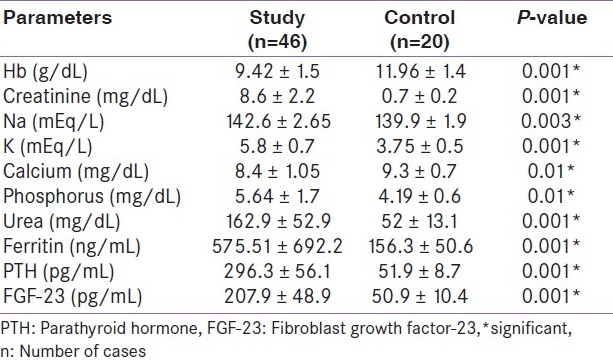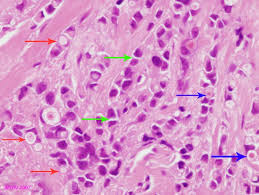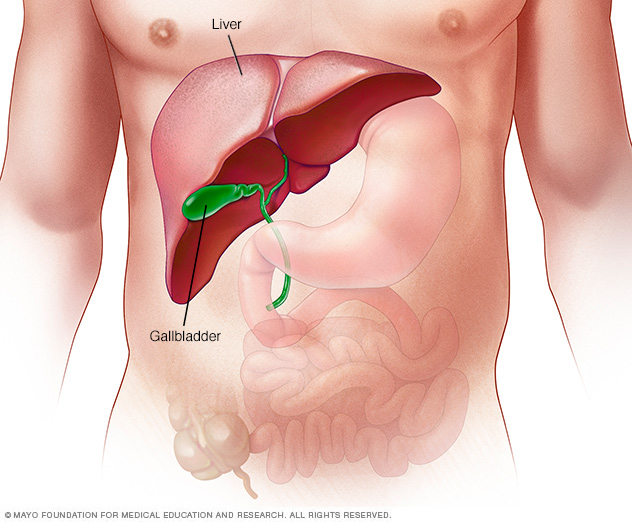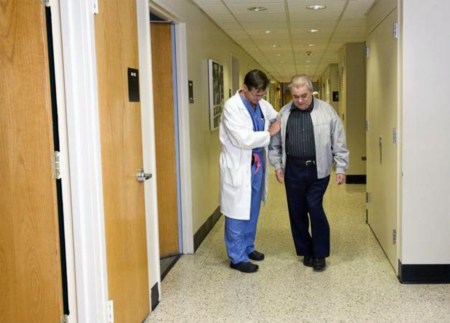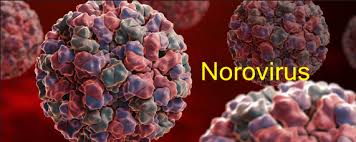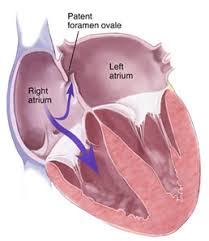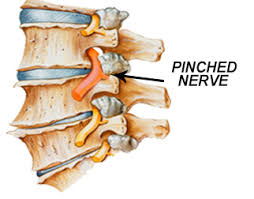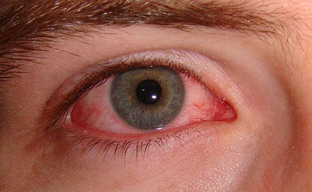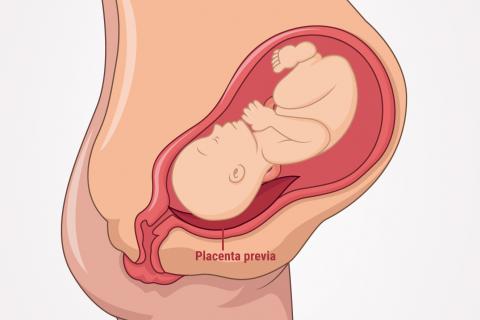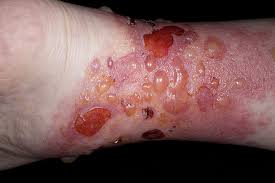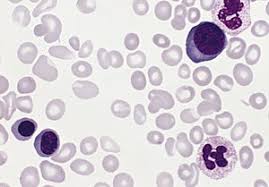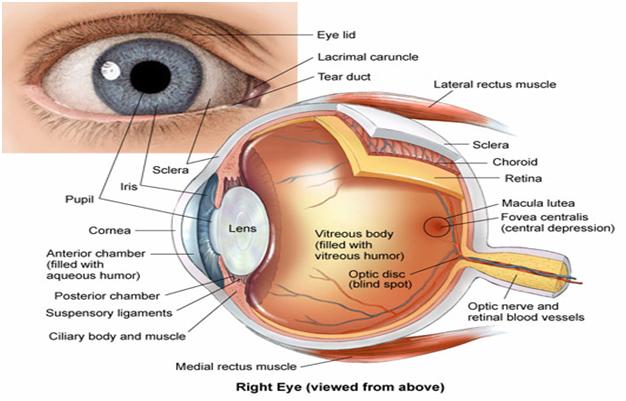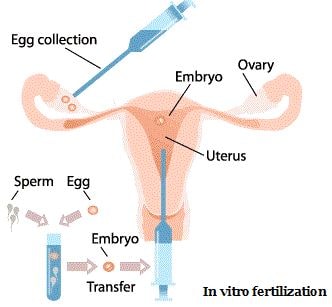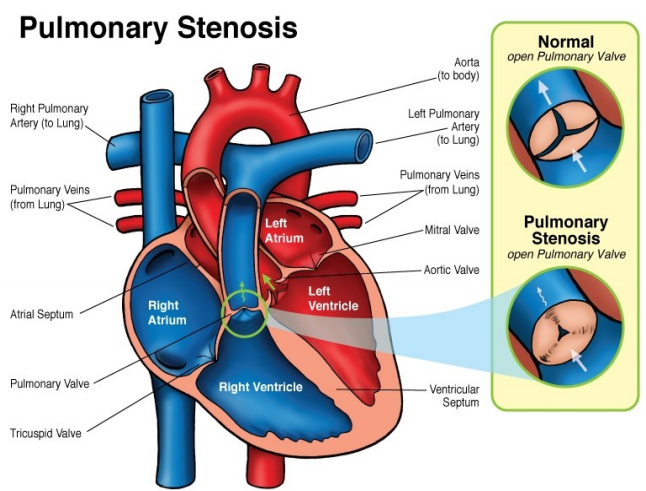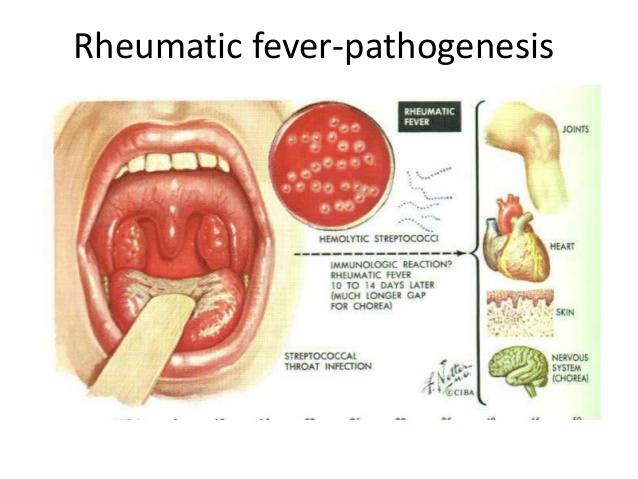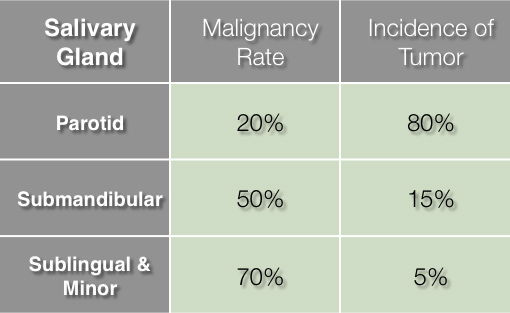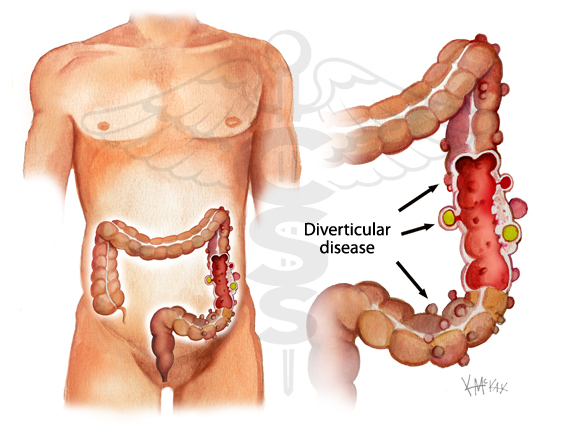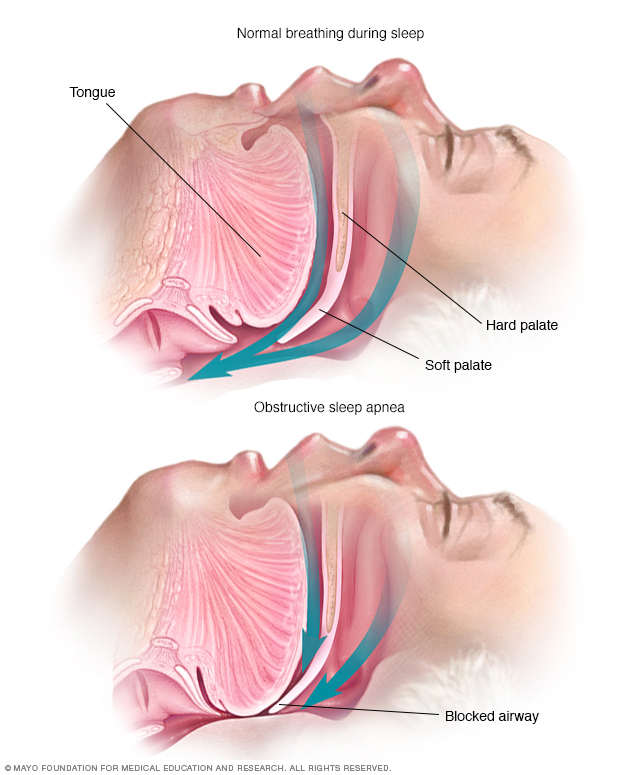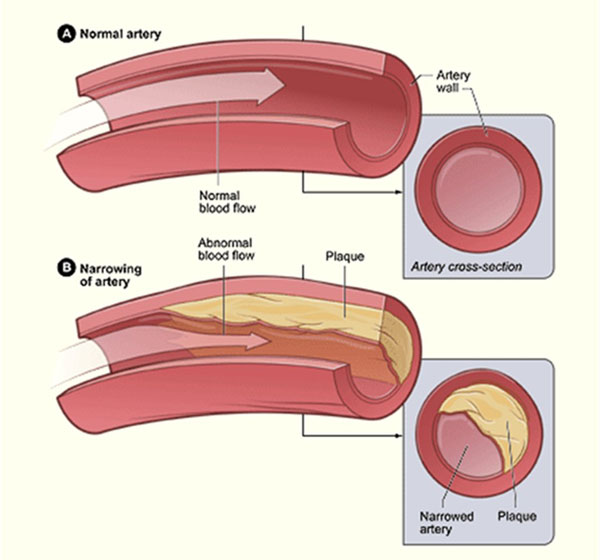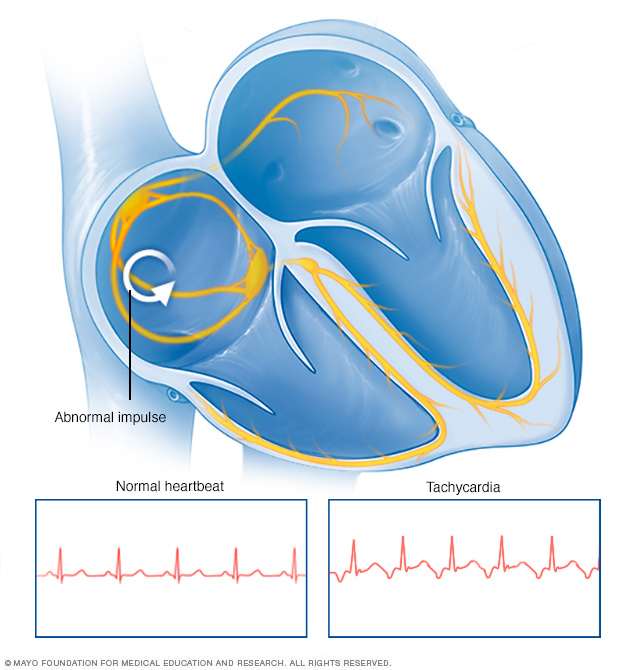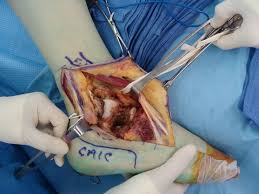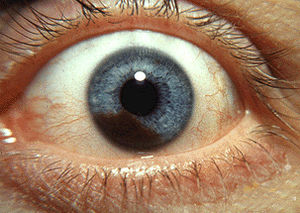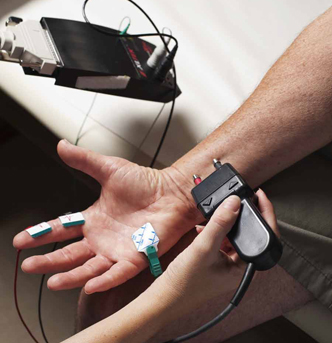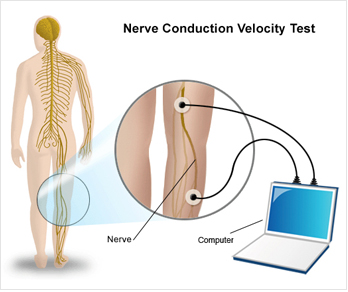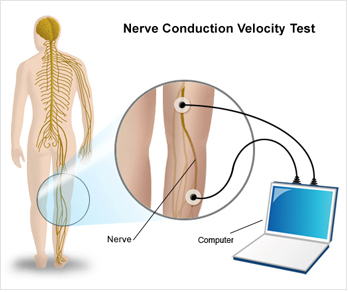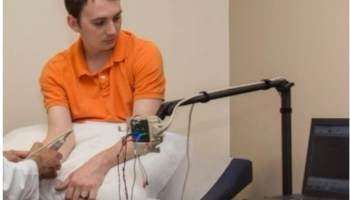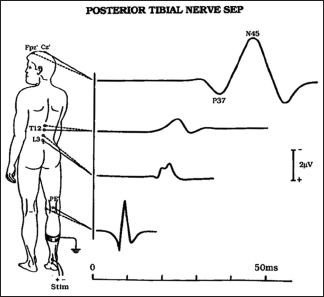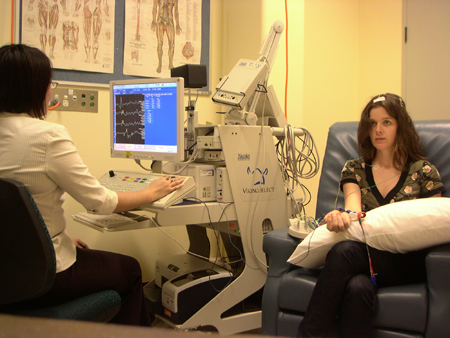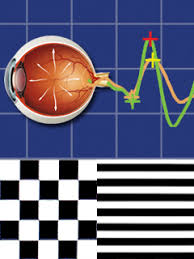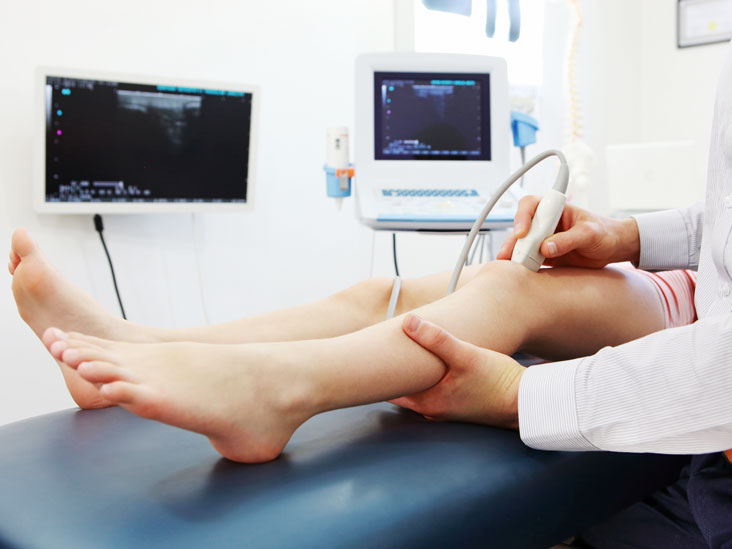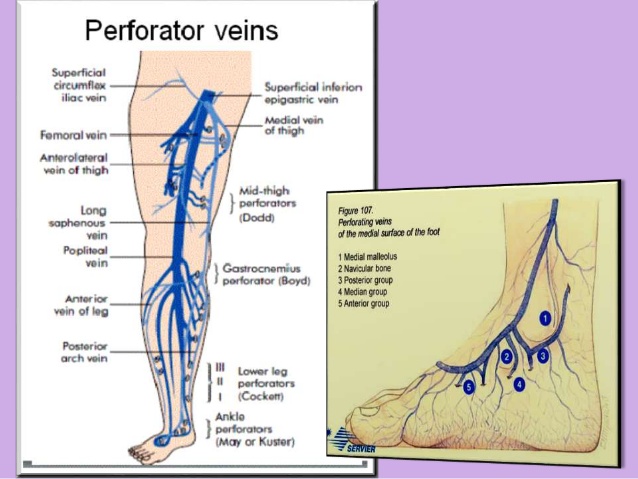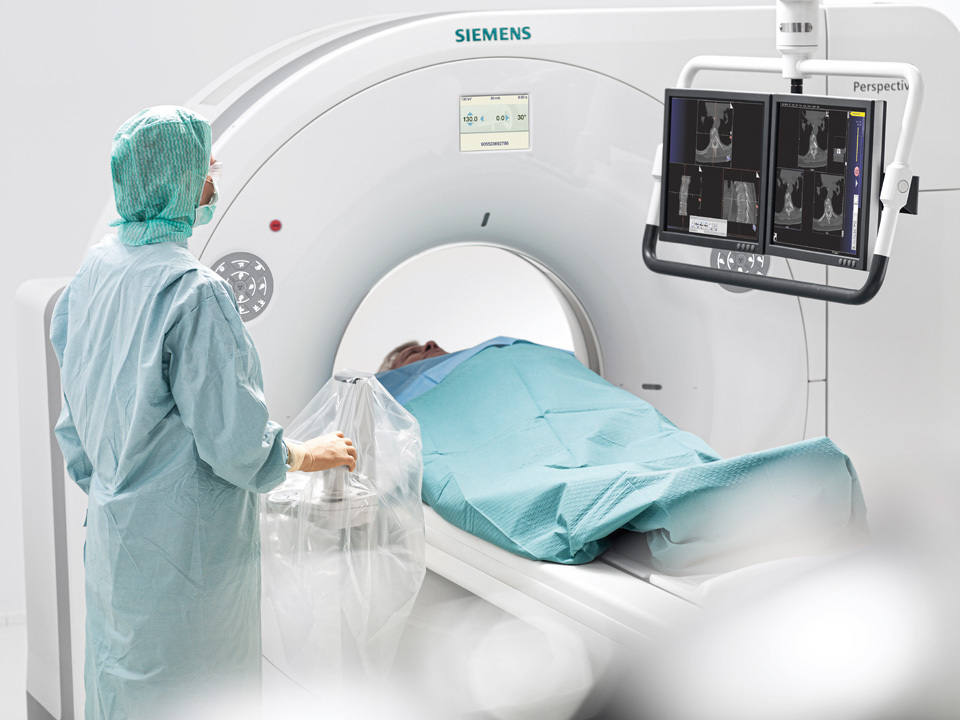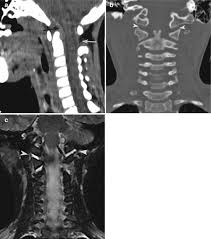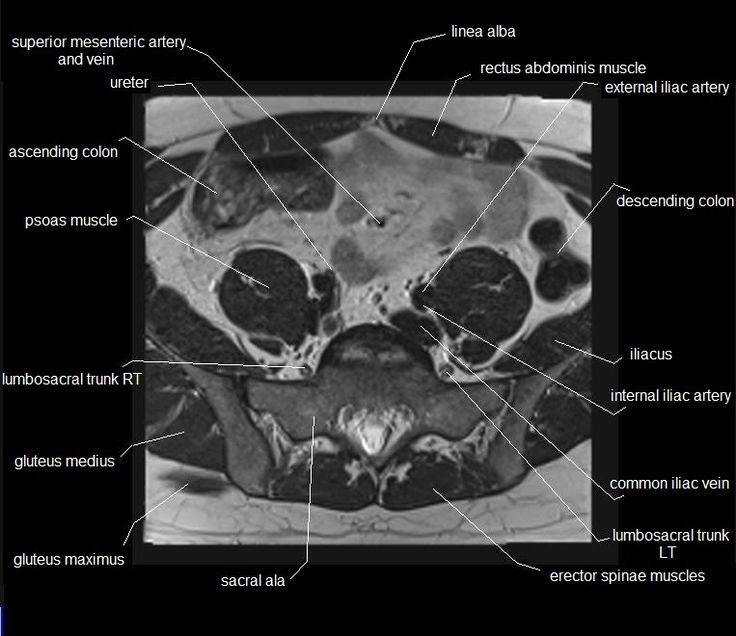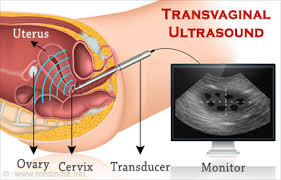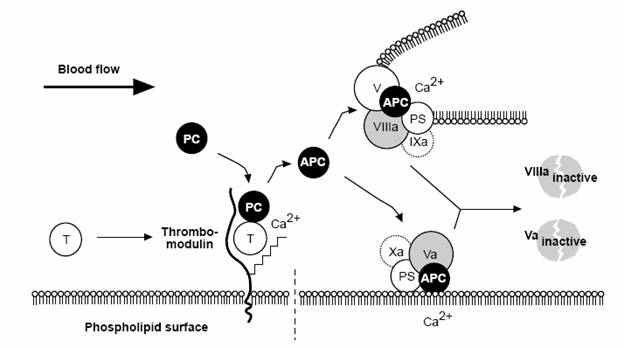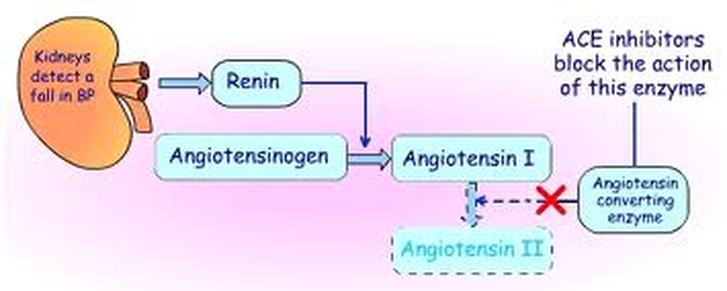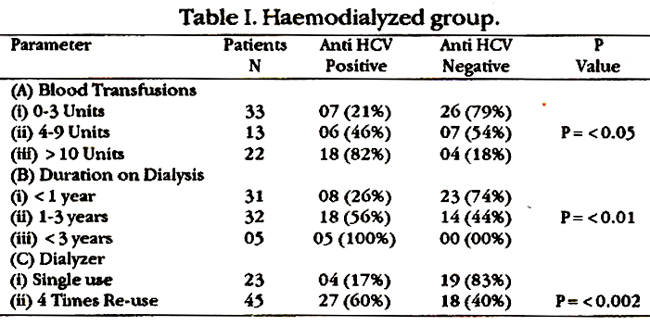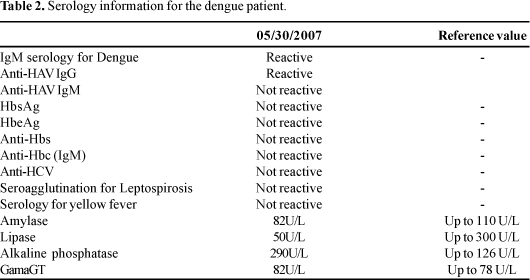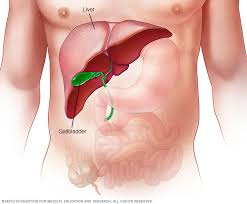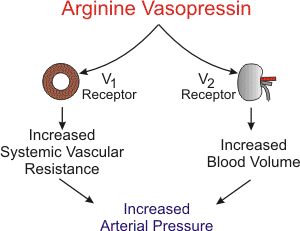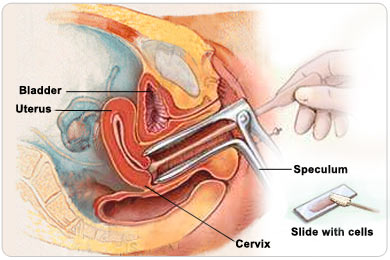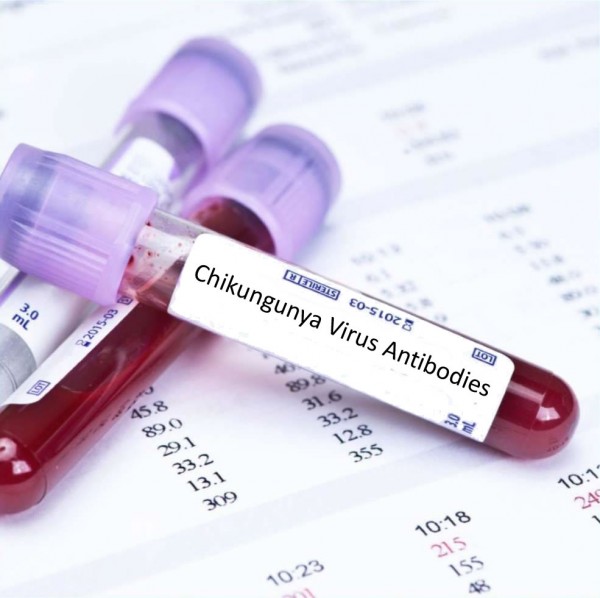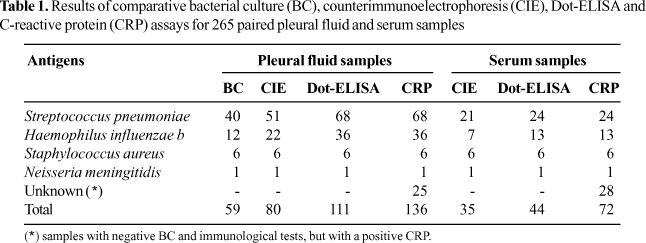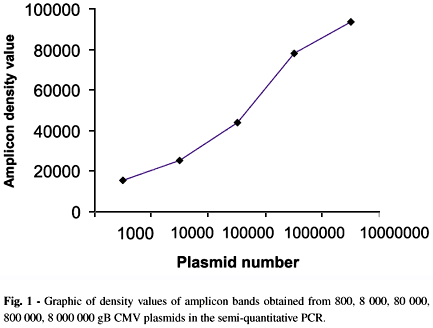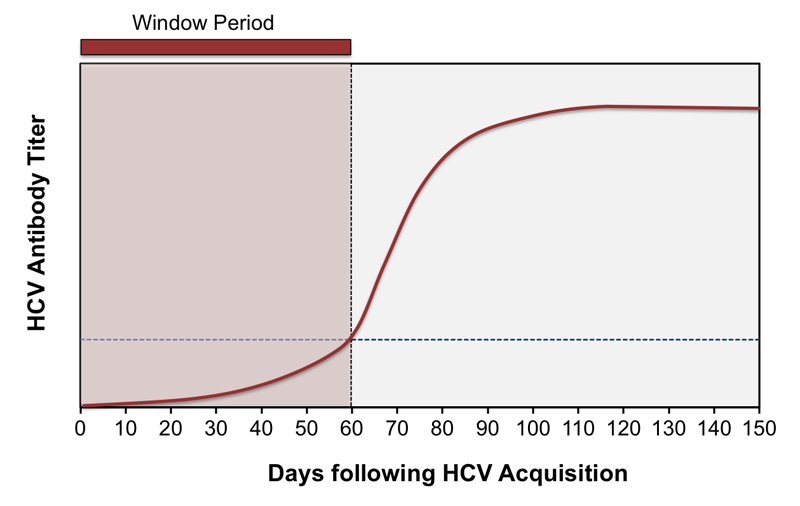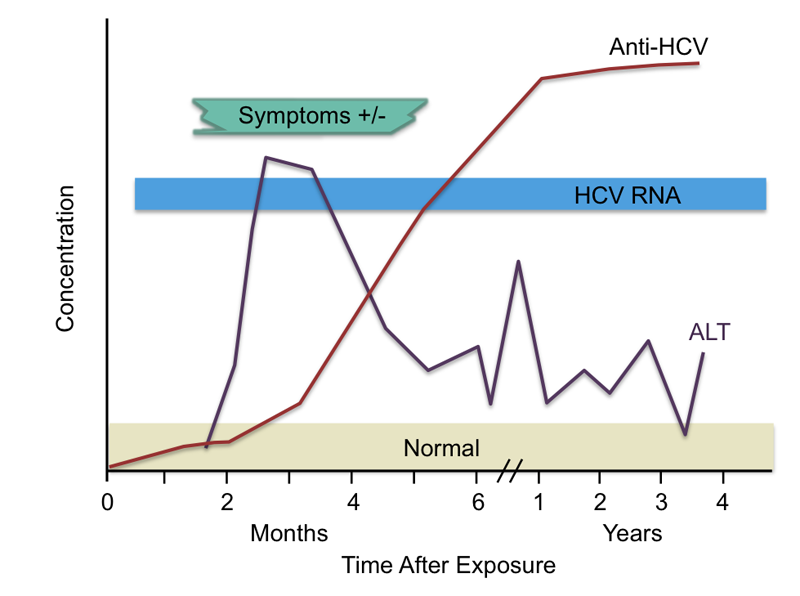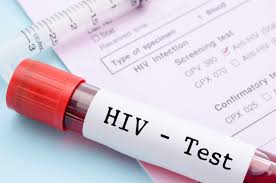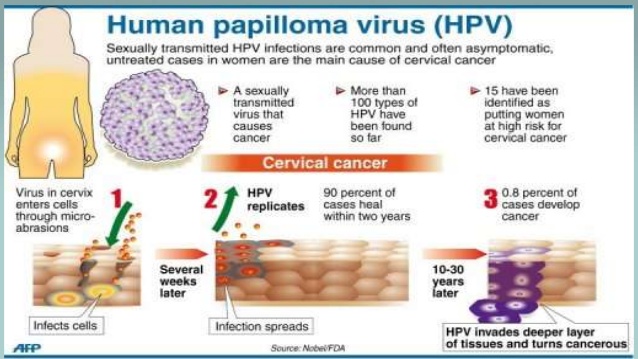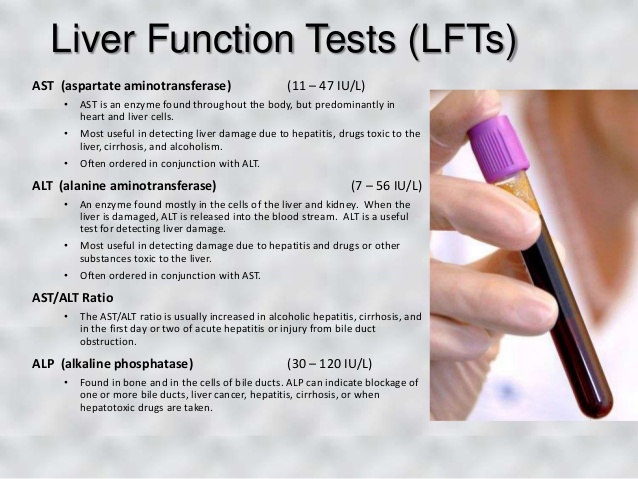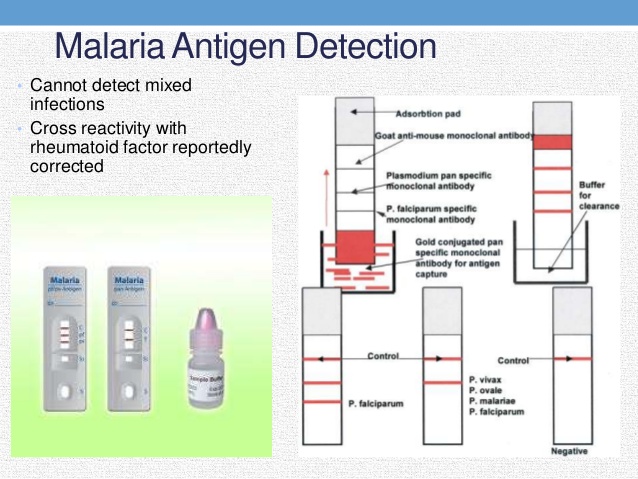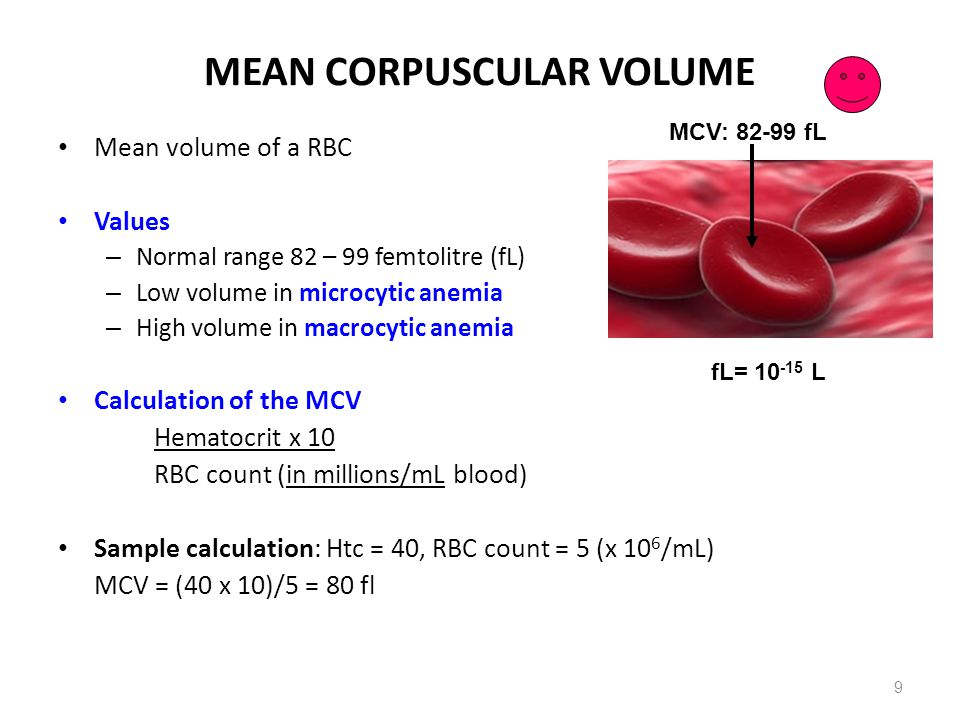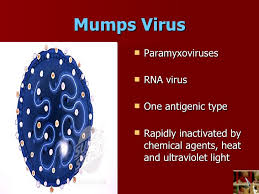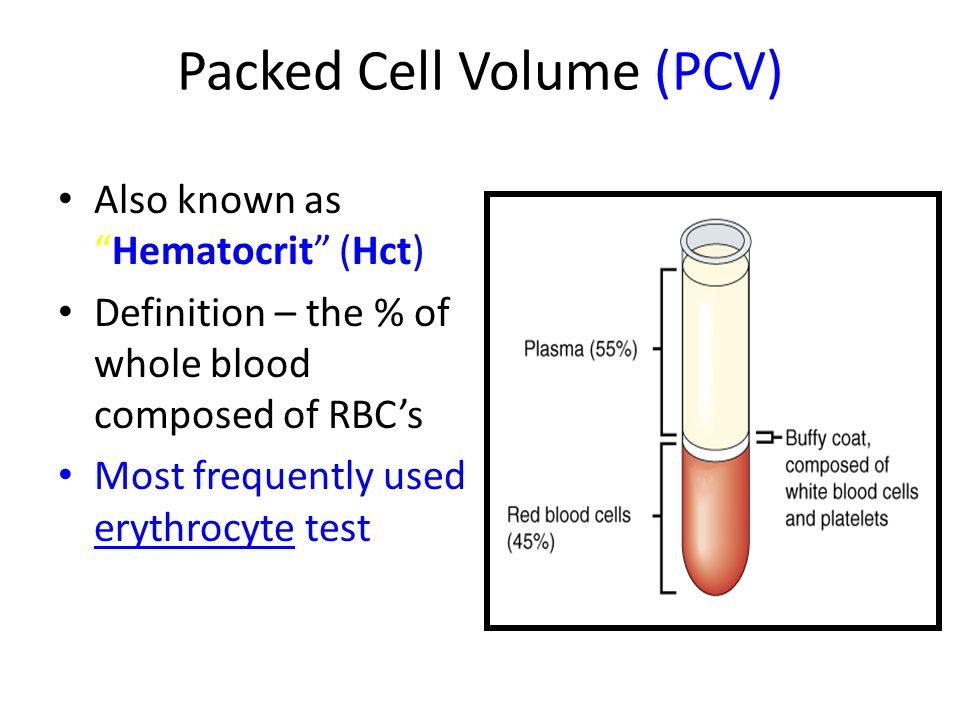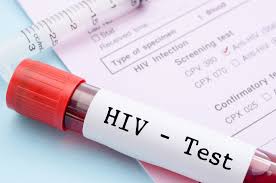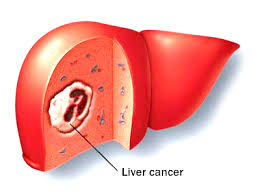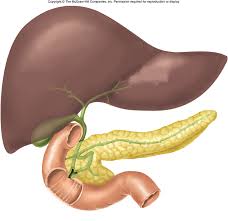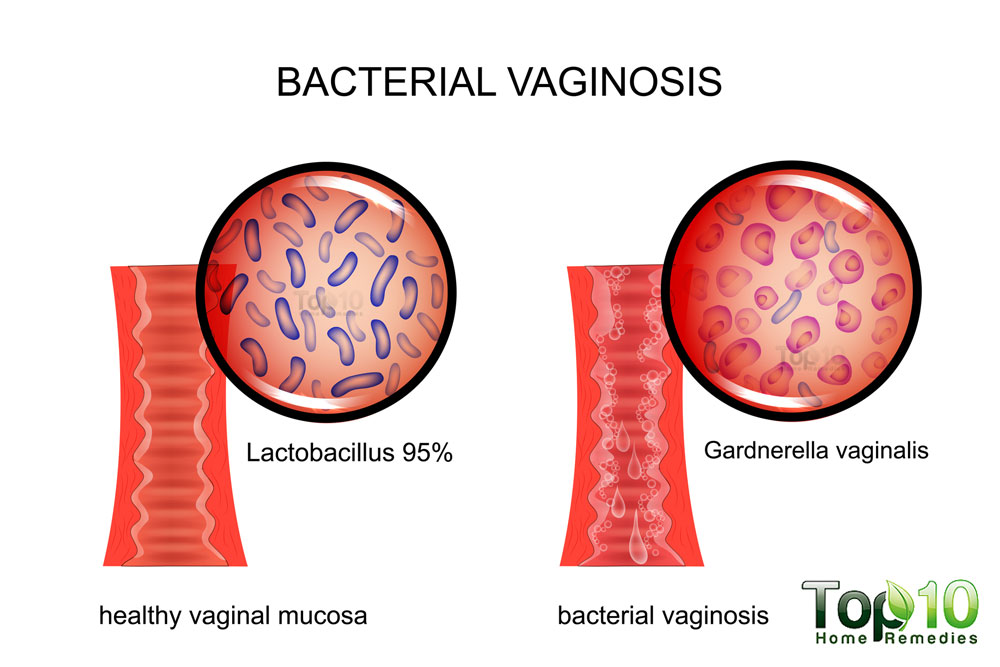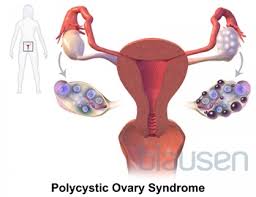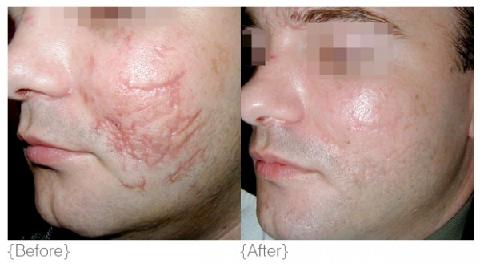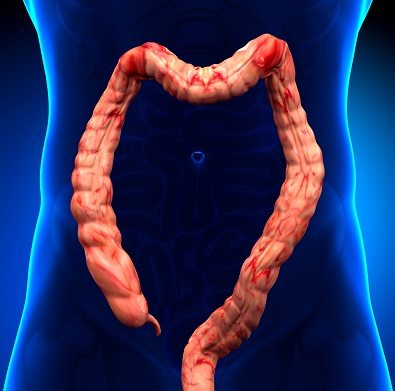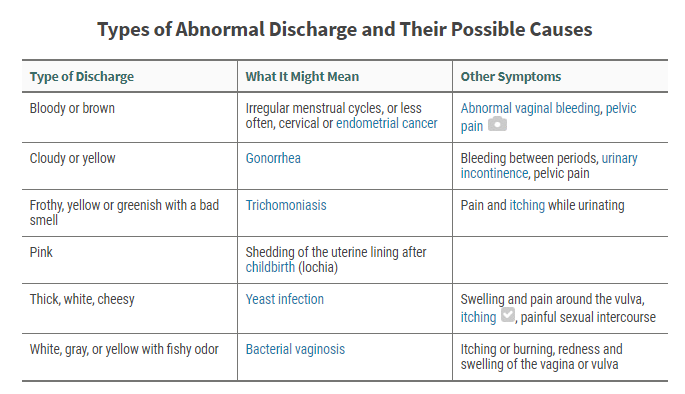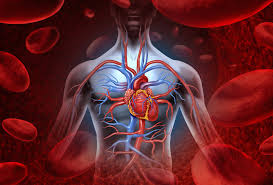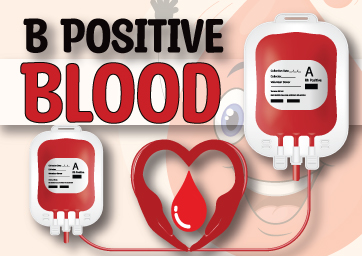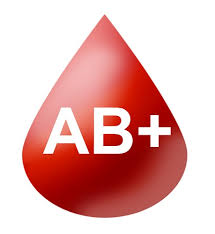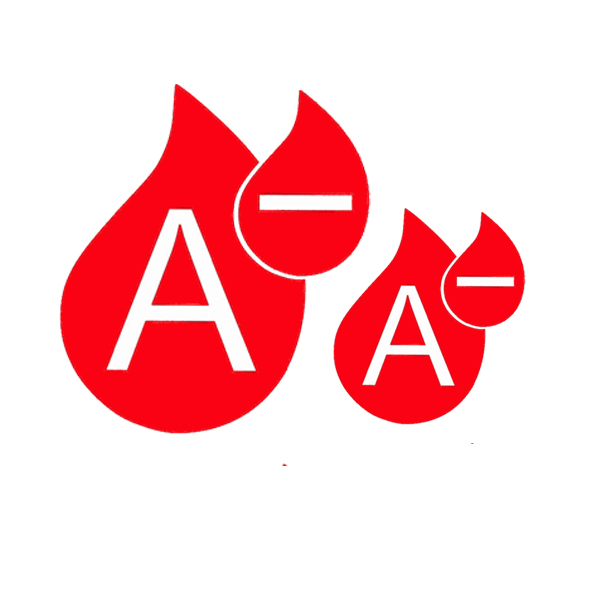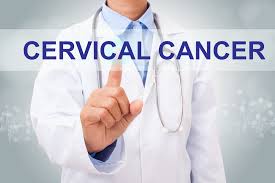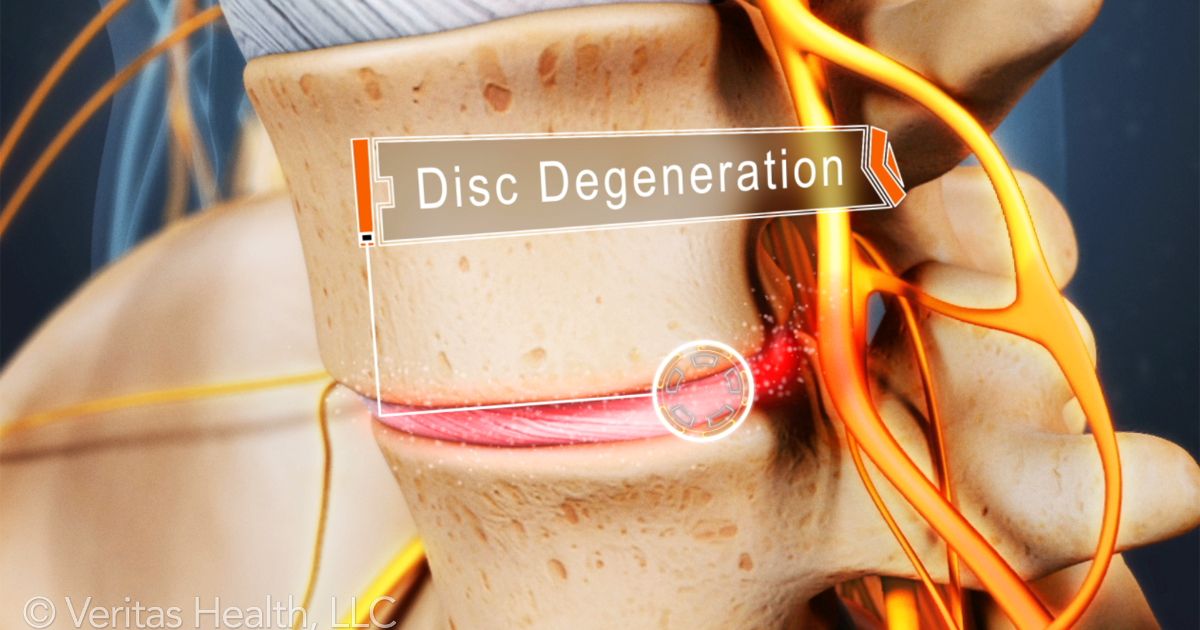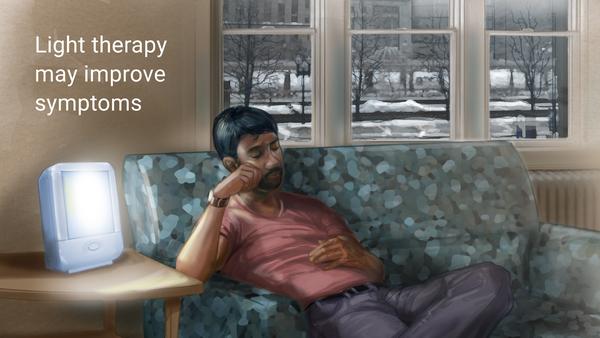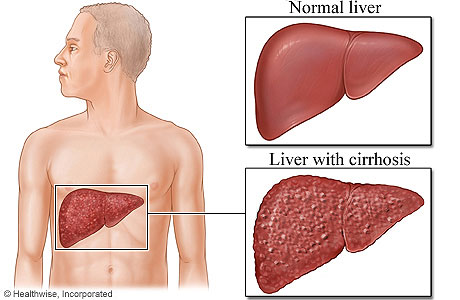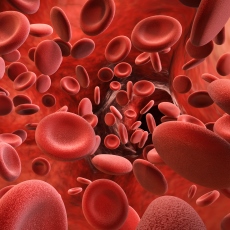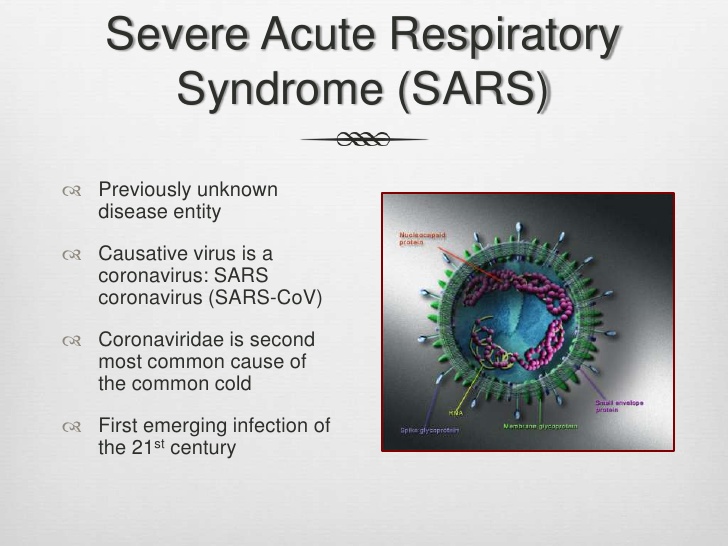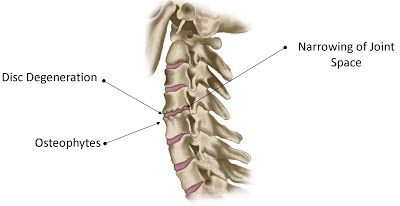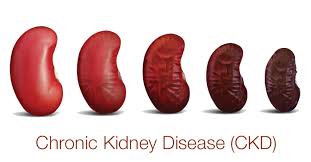A nerve conduction study (NCS) involves activating nerves electrically with small safe pulses over several points on the skin, usually on the limbs, and measuring the responses obtained. Usually, the response or signal is measured from the nerve itself or from a muscle supplied by the nerve being activated. This gives information about the state of health of the nerve, muscle and neuromuscular junction (the portion responsible for communication between the nerve and muscle). A commercial device is normally employed to measure the signals.
Electromyography (also known as needle EMG) involves the measuring of electrical activity within muscles by way of a needle electrode. It is rather similar to having an electrical microphone at the tip of the needle. Muscles are electrically active organs, and the signals and patterns of signals can lend additional information regarding the state of the muscle as well as the nerve supplying it.
In Australia, the person responsible for these tests is a neurologist, who frequently has had further training in the subspecialty of clinical neurophysiology.
A doctor may recommend that you undergo this test. There are a wide variety of conditions that are assessed with this technique. Quite frequently, the examination is requested because the patient is experiencing symptoms that suggest some problem with the nerves (numbness, tingling, weakness or pain) or muscles (weakness or pain), even though the physical examination is normal. Indeed, in many cases, there is no abnormality seen and the test can then be reassuring, but it cannot detect all conditions. In general terms, the test is useful for detecting if there is a significant abnormality, but this is also often easier when there is a definite clinical abnormality. In such cases, the test can help clarify what the problem is, although usually, unless the nerve problem is a common entrapment (site of compression), other tests may be required to ascertain the exact nature of the problem.
There are several types of nerves but generally speaking, the two major types are motor and sensory nerves. Motor nerves carry signals from the brain to the muscle to enable contraction and movement, and sensory nerves relay information to the brain. When the nerve is stimulated with metal electrodes (metallic patch/es that can conduct signals), a response can be measured by surface (on the skin) electrodes some distance away in sensory nerves overlying the nerve itself. For the motor nerves, the response is usually detected over the muscle that is activated by that nerve. In this fashion, results can reveal information about the size and speed of the electrically conducted impulse. The size usually reveals the number of nerve fibres present and the speed, the integrity of the myelin (insulating membrane around the nerve ‘axon’ or cable). This is why the word ‘conduction’ is used.
You will be given instructions on how to prepare for the test. You should not use creams or emollients on your hands and feet (the most common sites of your nerve tests) on the day of the test, and preferably since your last shower or bath. Generally speaking, there are no other preparations of note.
Please advise the neurologist performing the test if you have a pacemaker or other similar devices. If you are taking warfarin, heparin or some other medication to thin your blood, and if you are having a needle EMG test, you should advise both your GP and the neurologist. A measurement of how thin your blood is may be important before that test can be performed.
The NCS procedure is usually very safe and is non-invasive. Firstly, you will be told how to position yourself and the skin area will be prepared. Then some electrodes will be attached to your skin and you will be forewarned when to expect the stimulation. Many people are understandably anxious about the intensities of the small safe electrical pulses that are passed via the skin, but usually relax quickly when they know what to expect. It is faily important that you remain relaxed for the recordings to minimise the ‘noise’ (interference) in the recordings from excessive muscular activity.
Here, a small needle is inserted through the skin into a muscle belly. Sterilisation of the skin and a local anaesthetic is not generally required. Usually the consultation and procedure takes about 30-45 minutes in all. More complicated assessments may demand more time.
Following the test, you will be allowed to put on your garments and shoes. It should be noted that the final interpretation of the clinical meaning of the test rests with the clinician who ordered the test. This is because they can put together the whole picture. For this reason, the neurologist performing the test can only give you limited information about the meaning of the results, and may not even be able to provide any information on the next step or any possible treatments because they are unaware of all the other clinical information.


 Contact Us
Contact Us







 Hospitals
Hospitals
 Doctors
Doctors
 Diagnostic
Diagnostic
 Pharmacy
Pharmacy
 Health Tips
Health Tips
 Blog
Blog











